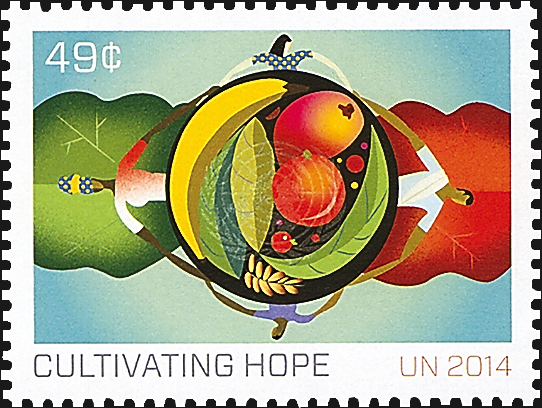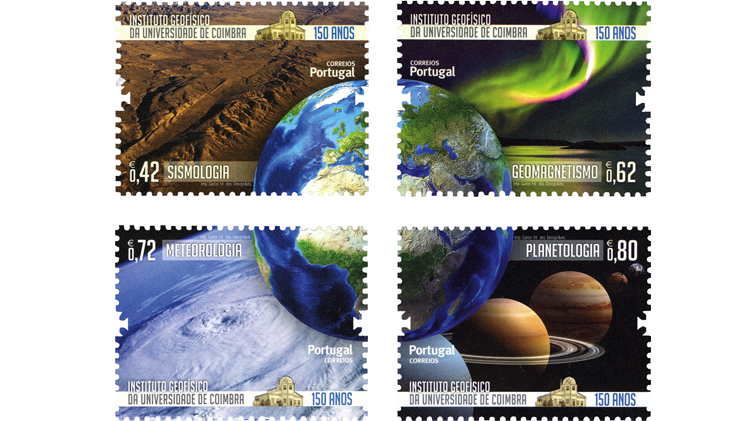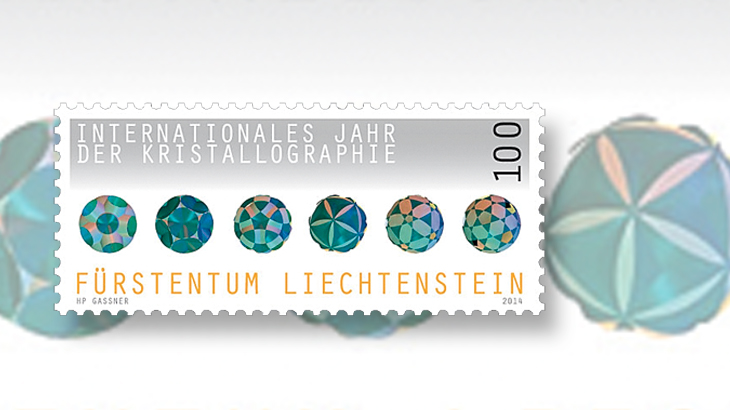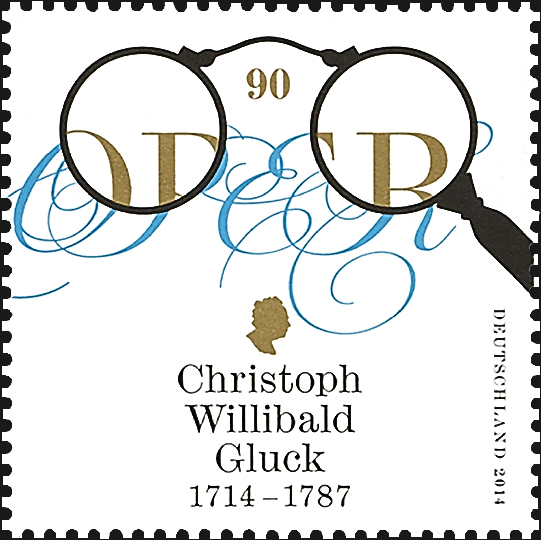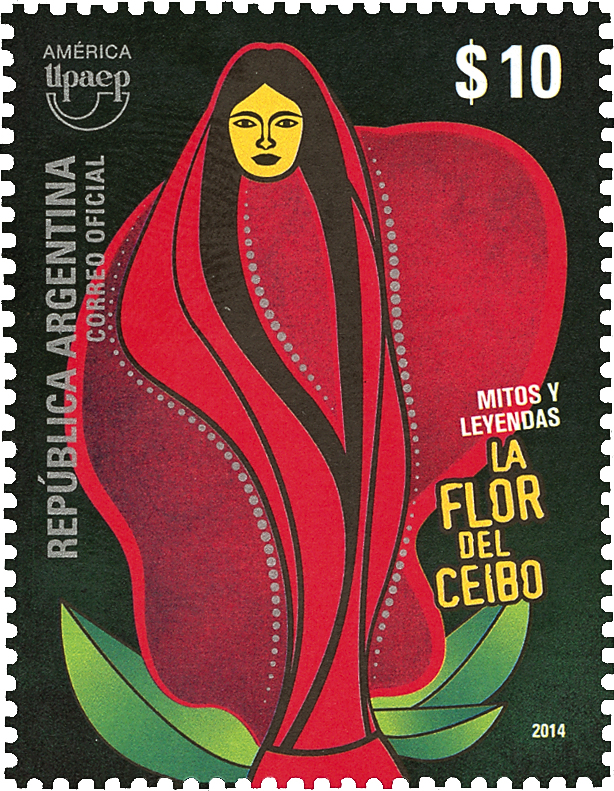World Stamps
Liechtenstein receives Asiago stamp art award for Crystallography issue
By Denise McCarty
Liechtenstein won the Asiago international award for philatelic art for the best stamp issue of 2014 for its International Year of Crystallography. stamps.
The Asiago awards, considered the Oscars of the stamp-design field, are presented annually in Asiago, Italy. At the 45th Asiago awards on July 5, Norbert Hasler, head of philately at the Liechtensteinische Post AG, accepted the award.
Stamps from Argentina, Germany, Portugal and the United Nations received awards in other categories.
Liechtenstein issued its 1-franc and 2fr International Year of Crystallography stamps Sept. 1, 2014.
Philately Liechtenstein, the principality’s philatelic department, described the stamp designs by Hans Peter Gassner as showing metamorphosis sequences, adding that when the stamps were placed side by side, they show “how a crystal grows over thousands of years.”
Cartor printed the stamps by offset and “multiheight embossing,” according to Philately Liechtenstein.
Liechtenstein has previously won several Asiago awards, most recently for three se-tenant (side-by-side) stamps issued June 14, 2012, to mark the 300th anniversary of the Liechtenstein Oberland (Scott 1549a-c).
Germany received the creativity award for its stamp honoring opera composer Christoph Willibald Gluck on his 300th birth anniversary.
The 0.90 commemorative was issued July 3, 2014. The design by Matthias Beyrow features 19th-century opera glasses over the word “Opera” in gold and light blue. The design is completed by a gold silhouette of Gluck, his name and the years of his birth and death “1714-1787.”
A stamp from Argentina garnered the award for culture, the special prize of the Olympic Academy of Vicenza.
This 10-peso stamp is part of the multination America series. Each year, participating nations that belong to the Postal Union of the Americas, Spain and Portugal (PUASP) issue stamps based on a common theme. In 2014, the theme for was myths and legends.
One of two stamps issued June 30, 2014, by Argentina illustrates the legend of ceibo, the national flower. According to this legend, a Guarani woman named Anahi was captured by Spanish conquistadors, but after killing one of her captors, was sentenced to be burned at the stake. The morning after the sentence was carried out, instead of finding ashes, the conquistadors found a ceibo tree with brilliant red flowers.
The Asiago jury mentioned designer Evangelina Torricelli’s masterful merging of shapes, colors, nature and myth.
For the second year in a row, Portugal has received the tourism award. In 2014, the award went to a stamp honoring the International Year of Statistics. This year, a set of stamps marking the 150th anniversary of the Geophysical Institute of the Ancient University of Coimbra won the award.
If combined, the four stamps of this issue unite to form a single design with Earth in the center. In addition, the designs depict the San Andreas Fault, which runs through California (0.42); the northern lights, viewed from Iceland (0.62); Hurricane Elena, as seen from the space shuttle Discovery (0.72); and the solar system (0.80). Helder Soares designed the stamps, using various photographs.
The United Nations was awarded the Asiago prize in the category of ecology for one of its stamps in its International Year of Family Farming set issued Aug. 21, 2014.
This 49¢ stamp shows farmers holding hands around a cornucopia of produce that families bring to local markets. UNPA art director Sergio Baradat designed this and the other five stamps in the set.
The Asiago awards are presented under the patronage of the president of Italy and under the organization of the Italian stamp collectors club Sette Comuni. A jury determines the winning designs.
The jury for 2014 included artist and stamp designer Franco Filanci, film director Ermanno Olmi, film critic Lorenzo Pellizzari, journalist Gian Antonio Stella and philatelist Maurizio Stella.
MORE RELATED ARTICLES
Headlines
-
US Stamps
Oct 7, 2024, 3 PMMcMurtrie dismissed as APS education director following Sept. 21 arrest
-
US Stamps
Oct 7, 2024, 12 PMVasiliauskas named president of Mystic Stamp Co.
-
US Stamps
Oct 6, 2024, 5 PMApgar souvenir card available
-
US Stamps
Oct 6, 2024, 4 PMFirst Continental Congress and U.N. stamps receive Scott catalog numbers
